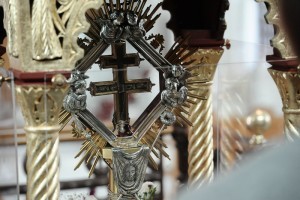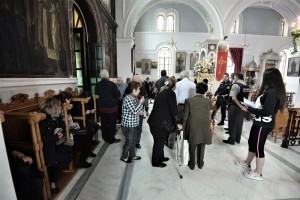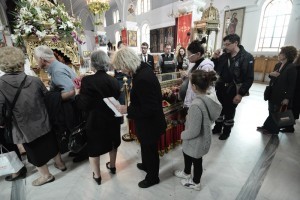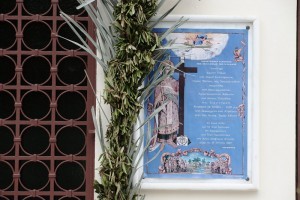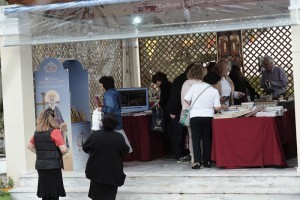The Holy relics of St. Helen, mother of Roman Emperor Constantine the Great, will be displayed for the first time in Greece. Along with a section of the Holy Cross, the relics will be exhibited for pilgrimage in the Church of Agia Varvara (St Barbara) in Egaleo suburb of western Athens/Piraeus until June 15th 2017. Pilgrimage will be possible from the morning until 11 p.m. at night. An official Greek entourage took part in the procession of the transportation of the relics from the St. Marcus Cathedral in Venice last Sunday, while hundreds of tourists had the chance to see the relics for the first time. The head of the Greek mission in Venice, general director of the Apostolic Ministry, Bishop of Fanari, Agathangelos told Proto Thema that the coming of the Holy relics to Athens was “resistance to decay”.
Archbishop of Athens, Ieronymos will perform a liturgy on the feast of St. Helen and Constantine’s day, Sunday May 21.
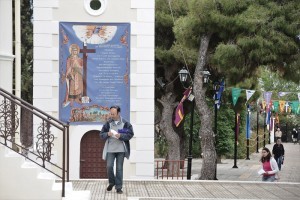

Helen, or Saint Helen or Αγία Ελένη ( 250 – c. 330), was a Greek native from the Greek city of Drepana (Δρέπανα) in the province of Bithynia in Asia Minor. She became the consort of the future Roman Emperor Constantius Chlorus (reigned 293–306) and the mother of the future Emperor Constantine the Great (reigned 306–337).
She received the title of Augusta in 325 and died around 330, with her son at her side. St Helena was buried in the Mausoleum of Helena, outside Rome. The porphyri sarcophagus of St Helena is on display in the Pio-Clementine Vatican Museum in the Greek Cross Gallery (Sala a Croce Greca). The Sarcophagus of St Helena is the red porphyry coffin in which Saint Helena, the mother of emperor Constantine the Great, was buried (died 329). The coffin, deprived of it contents for centuries, was removed from the Mausoleum of Helena at Tor Pignatarra, just outside the walled city of Rome, and ultimately moved to the Vatican museums in the 18th century. St Helen was directly responsible for the spread of Christianity though the Roman Empire and was the first person to bring Christian relics back to Rome.
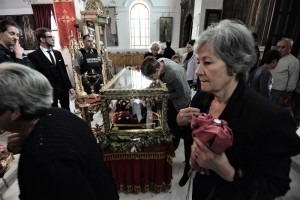
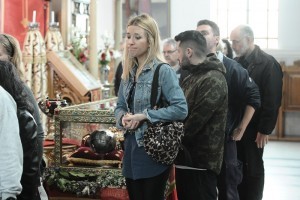

The Eastern Orthodox Church, Oriental Orthodox Church, Roman Catholic Church, and the Anglican Communion revere her as a saint. The Lutheran Church commemorates her.
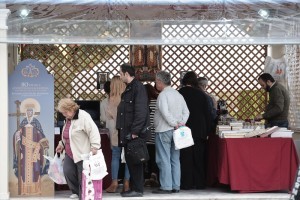
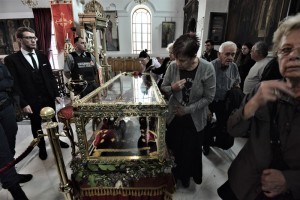
The Sarcophagus is carved in the Egyptian porphyry, used only in the finest Byzantine imperial monuments.
Her skull is displayed in the Cathedral of Trier, in Germany.
Ask me anything
Explore related questions

